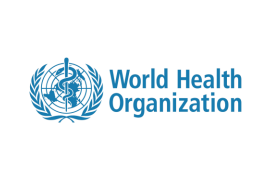Initially HI operated in Ukraine from 2015 to 2017, focusing on Rehabilitation, Explosive Ordnance Risk Education (EORE) to people living along the frontline, and capacity building activities for health and social structures in Donetsk, Dnipropetrovsk, and Luhansk regions.
In February 2022, when the full-scale invasion of Ukraine began, HI returned to the country. Our emergency response teams were deployed across Ukraine and in neighbouring Moldova, where many displaced people had fled for safety.
Between March and June 2022, after assessing the humanitarian needs and security constraints, operational offices were opened in Chernivtsi, Lviv, Vinnytsia, and Dnipro. A multi-sectoral emergency response was implemented to address the immediate needs of the vulnerable conflict-affected population. In September 2022, we also opened an office in Poltava, followed by another in Kharkiv and Mykolaiv in 2023. In June 2023, we closed our offices in Chernivtsi and Vinnitsa to focus our efforts out of new offices closer to the frontline, in Kharkiv and Mykolaiv. In June 2024, we also closed our office in Lviv. As well as in Poltava in the first part of 2025.
As of 2025, we have active bases in Kharkiv, Mykolaiv, and the Dnipropetrovsk region, as well as a coordination office in Kyiv.
Ongoing projects are :
- Comprehensive health through mobile teams and in hospitals, to provide physical and functional rehabilitation and mental health and psychosocial support;
- Protection services to identify and assess the needs of the most vulnerable and support them through referrals to professionals, specific/tailored information and awareness on protection issues.
- Armed violence reduction through explosive ordnance risk education (EORE) to reduce the risk of injury by raising awareness and promoting behavioural change; victim assistance (VA) through broad and specific efforts to address the needs and rights of victims and preparation for Non-Technical Surveys to contribute to land release.
- Inclusive humanitarian action through training and awareness raising for the humanitarian community to protect and ensure the meaningful participation of people with disabilities.























